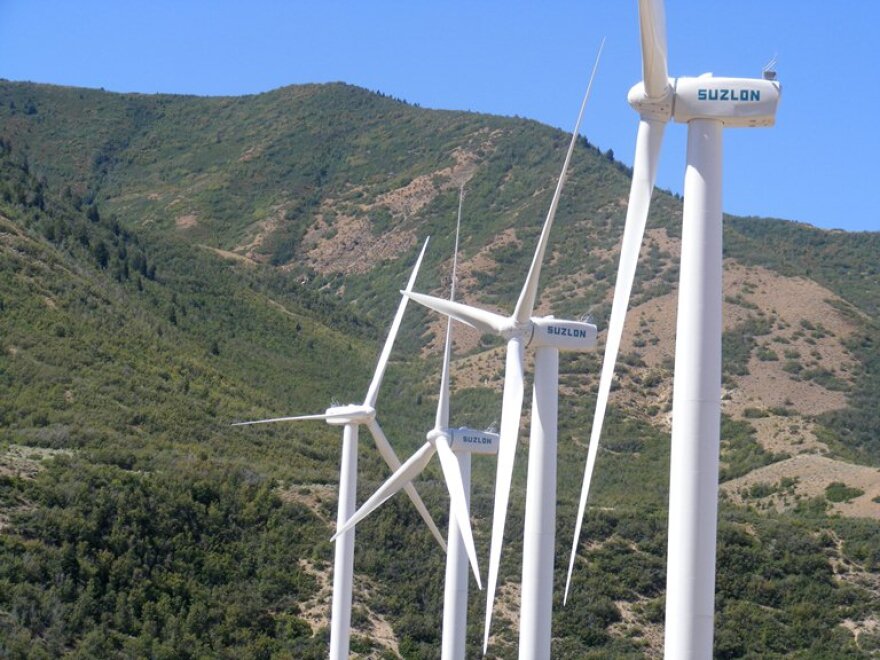Utahns cringe when they look at the prices on the gas pumps these days, though prices here haven’t reached the levels seen in California this fall. Most of the gasoline that’s refined and sold in Utah comes from oil produced in the Mountain West. But Utah Foundation researcher Shawn Teigen says the price still responds to national and international markets.
“The range of gasoline prices across the U-S is not that wide,” says Teigen. “And one of the reasons why is because 64% of gasoline cost is determined by the price of oil. And then you’ve got refining costs. You’ve got marketing costs and you’ve also got state and local taxes, which account for about 11% nationwide of the cost of gasoline.
Regional differences in the cost of gasoline, high or low, tend not to last very long. But the Utah Foundation study shows Utahns pay about one-third less than the residents of most other states for the energy they use at home.
“If you look at the last 20 years when it comes to electricity and natural gas costs for residential utilities, they’ve actually gone down when you adjust for inflation,” Teigen points out. “Electricity has decreased 14% over the last 20 years adjusted for inflation. And natural gas, residential natural gas, has decreased 4% when adjusted for inflation.”
The price of natural gas is has been kept low the past few years by new production technologies such as hydraulic fracturing. But there’s pressure on the cost of electricity due, in part, to new environmental regulations that are hitting coal-fired power plants. More than 80% of the electric power produced in Utah comes from burning coal.
Chad Teply, Rocky Mountain Power’s Vice-President for Resource Development, says the company is facing a deadline to comply with new regulations for limiting toxic emissions such as mercury. And, he says Rocky Mountain Power will likely have to close at least one of its coal- fired power plants – the 170-megawatt Carbon Plant near Helper.
“If you could find a technical solution, then economically, does it make sense to invest, in some cases, hundreds of millions of dollars in a relatively small unit,” Teply asks. “And what we’ve seen, with the available solutions that are out there today, we haven’t yet identified a technically feasible and economically feasible solution that would allow us to comply by 2015.
Rather than building a new plant, Teply says they’ll be able to make up the difference with changes in their transmission system. But that’s still expensive, and Rocky Mountain Power has a rate increase of 5.6% set to go into effect this week to help deal with the cost.
Over the past few years, Rocky Mountain Power has invested heavily in wind energy, and it now has about 1400 megawatts available from wind turbines – about one-sixth of what’s available from coal. It’s also built new plants fueled by natural gas to meet demand whenever its customers flip the switch.


